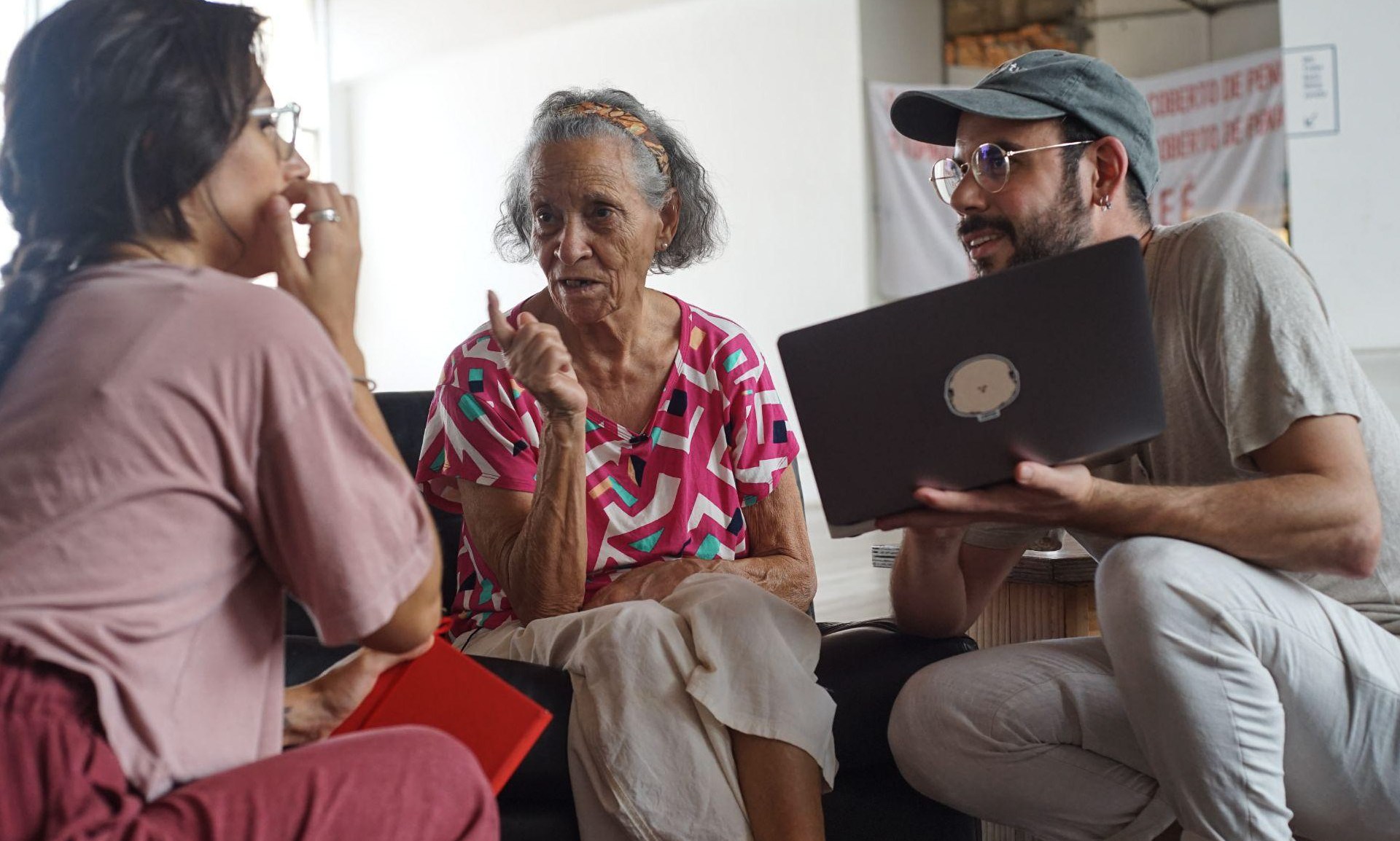
In an ambitious blend of technology and memory, a studio in Barcelona is leveraging the power of artificial intelligence (AI) to recreate visual representations of past events where no photographic evidence exists. These AI-generated images, termed ‘synthetic memories,’ offer a new way of connecting with personal and collective histories that might otherwise fade from recognition.
The initiative is being undertaken by a team of artists, designers, and computer scientists who aim to use machine learning algorithms to generate lifelike depictions of people, places, and moments lost to time. Drawing on available data—such as written accounts, oral histories, maps, and other contextual information—the AI extrapolates and visualizes what an unrecorded memory might have looked like.
Such synthetic memories serve both artistic and archival purposes. They are not meant to replace authentic historical records but rather to fill gaps and stimulate engagement with the past. According to the studio, the use of AI brings a new depth to the way we preserve intangible heritage, making it accessible and relatable, especially for communities with limited access to photographic documentation of their histories.
While the images are not real in a traditional documentary sense, they are grounded in qualitative research and human storytelling. The studio emphasizes ethical considerations in its work—maintaining transparency about the fictional nature of the reconstructions and consulting historical experts to ensure cultural sensitivity and accuracy.
This emerging field reflects a growing interest in the intersection of technology and memory. As artificial intelligence becomes more sophisticated in interpreting human narratives, such projects may increasingly become tools for education, reconciliation, and the preservation of human experience.
The studio’s work is a striking example of how innovation can bridge the past and the present, helping societies visualize forgotten stories through digital reimaginings. These synthetic memories might not be real snapshots, but they offer powerful windows into moments long gone—bringing them back to life with vivid, if speculative, clarity.
Source: https:// – Courtesy of the original publisher.








